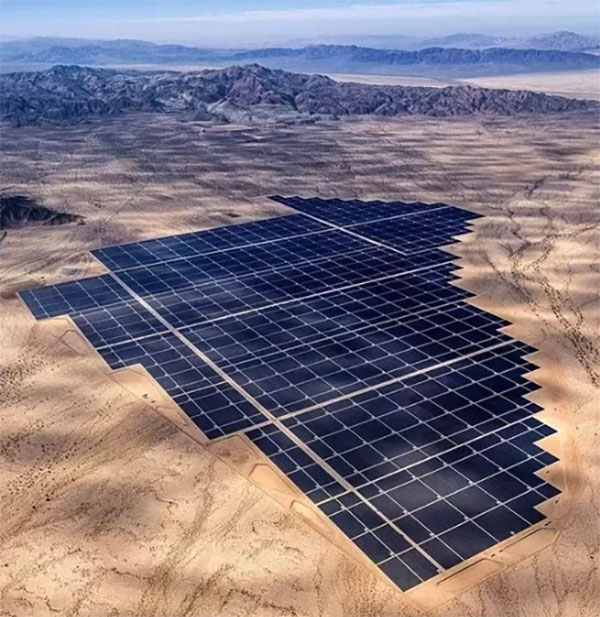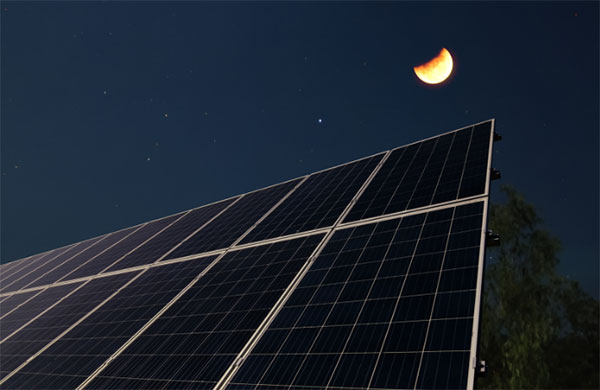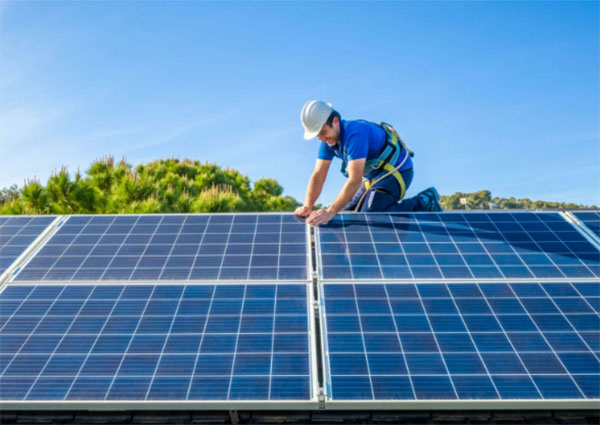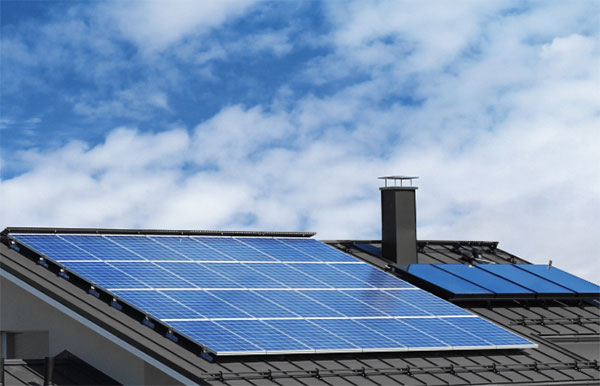Description
Desert solar installations face high logistical costs, environmental concerns, and technical challenges in harsh conditions.Understanding Solar Energy in Desert Environments
Unique Characteristics of Desert Climates for Solar Power
Desert climates offer a unique setting for solar power generation. The abundance of sunlight in desert regions makes them ideal for harvesting solar energy. Deserts typically experience over 300 days of sunshine per year, providing a consistent and reliable source of solar radiation. This consistency translates to higher potential energy generation compared to other regions. The minimal cloud cover in deserts further enhances solar panel efficiency, as fewer days are lost to overcast conditions. Another characteristic of deserts that benefits solar power is the low precipitation levels. Less rainfall means fewer disruptions and less equipment wear and tear. However, it's important to consider that desert environments also pose challenges. High temperatures can reduce the efficiency of solar panels. Most solar cells achieve optimal performance at around 25°C, but desert temperatures can exceed 40°C, leading to potential efficiency losses.Solar Radiation Levels in Desert Regions
Desert regions are known for their high solar radiation levels, which is a key factor in the effectiveness of solar energy systems. The intensity of solar radiation in deserts can reach up to 1000 watts per square meter at peak times. This high level of irradiance contributes to more effective energy conversion in solar panels. To capitalize on this, solar panels used in deserts are often designed with materials that can withstand high levels of radiation and heat. The high irradiance also allows for the use of concentrating solar power (CSP) systems, which use mirrors or lenses to focus a large area of sunlight onto a small area, increasing the power generated per unit area.Technological Considerations for Desert Solar Panels
Design and Material Innovations for High-Temperature Operations
In the quest to optimize solar panels for desert conditions, innovations in design and materials play a pivotal role. The core challenge lies in maintaining panel efficiency despite the high ambient temperatures typical of desert environments. High temperatures can reduce the efficiency of standard photovoltaic (PV) cells, which perform best at around 25°C. To address this, researchers and manufacturers are focusing on materials that can withstand and operate efficiently in temperatures exceeding 40°C. One such innovation involves using heat-resistant materials like advanced silicon cells or thin-film technologies. These materials are designed to sustain their performance even at high temperatures. For instance, thin-film solar cells, such as Cadmium Telluride (CdTe) or Copper Indium Gallium Selenide (CIGS), show less performance degradation in high temperatures compared to traditional crystalline silicon cells. Another approach is the integration of cooling systems within the solar panels. Active cooling mechanisms, like water-based cooling layers, can help maintain a lower operating temperature, thereby enhancing efficiency. However, this adds to the overall cost and complexity of the system.Maintaining Efficiency in Sand and Dust Conditions
Desert solar installations must also contend with sand and dust, which can significantly impact the efficiency and longevity of solar panels. Dust accumulation on the panel surface can block sunlight, reducing the overall power output. To mitigate this, self-cleaning technologies are being integrated into solar panel designs. These technologies include electrostatic dust repelling systems and coatings that repel dust and promote water flow to clean the panels. In addition, robust mechanical designs are employed to withstand the abrasive nature of sand particles. Panels and mounting structures are often reinforced to endure the erosive effect of sand, especially during high winds. Regular maintenance is also a critical aspect. Automated cleaning systems, such as robotic cleaners, can perform frequent cleaning operations to maintain optimal panel efficiency. While these systems add to the initial investment, they significantly reduce labor costs and enhance the long-term performance of solar installations in desert environments.Environmental Impact and Ecosystem Considerations
Assessing the Environmental Footprint in Arid Regions
Solar energy, often hailed as a green solution, does have an environmental footprint, particularly in arid regions like deserts. The establishment of large-scale solar farms in these areas necessitates a thorough assessment of their impact on the local ecosystem. Key considerations include:- Land Use: Solar farms require significant land area. In deserts, this might mean altering vast stretches of land, which can disrupt the existing ecosystem. For example, a solar farm producing 1 GW of power might occupy between 2.5 to 5 square kilometers of land, depending on the technology used.
- Water Usage: While solar panels themselves do not consume water, the cleaning processes for maintaining solar farms in dusty desert conditions can require substantial water resources. This is a crucial factor in arid regions, where water is scarce.
- Energy Balance: The energy payback time, which is the time taken for a solar panel to generate the amount of energy used in its production, is a vital metric. For most solar panels, this period ranges from 1 to 4 years, after which they provide net positive energy.
Potential Effects on Desert Flora and Fauna
The installation of solar panels in desert environments can have several impacts on local flora and fauna:- Habitat Disruption: Construction and maintenance of solar farms can disrupt the habitats of native species. For example, the ground clearing can affect burrowing animals and local vegetation.
- Microclimate Changes: Large solar installations can alter local microclimates, affecting temperature and humidity levels. These changes might not be conducive to the survival of certain plant and animal species.
- Light and Heat Emission: Solar panels can emit light and heat that might affect nocturnal wildlife. The increased brightness and changes in heat patterns can alter the behavior of sensitive species.
Logistical Challenges in Desert Solar Installations
Transportation and Infrastructure Needs
Setting up solar installations in desert regions comes with specific logistical challenges, particularly in transportation and infrastructure:- Access Roads: Building access roads to remote desert locations is often necessary. This can be costly, as it might involve long distances from urban centers. For a typical solar farm, the cost of road construction can amount to approximately 5% of the total project budget.
- Transportation of Materials: The sheer volume and size of solar panels and associated equipment require careful logistical planning. The cost of transportation can vary significantly, depending on the distance from manufacturing sites to the installation site.
- Infrastructure Development: Developing necessary infrastructure, such as substations and transmission lines to connect the solar farm to the grid, is a major undertaking. The cost for transmission lines can range from $170 to $350 per foot, depending on the location and complexity.
Remote Monitoring and Maintenance Strategies
Due to the remote nature of desert solar installations, implementing effective monitoring and maintenance strategies is crucial:- Automated Monitoring Systems: These systems are essential for real-time monitoring of solar panel performance. They can track various parameters like power output, temperature, and overall system health.
- Drone Technology: Drones are increasingly used for inspection purposes, allowing for a quick and efficient overview of large solar farms. They can identify issues like panel damage or dust accumulation.
- Robotic Cleaning: Given the dusty environment, regular cleaning is necessary to maintain efficiency. Automated robotic cleaning systems can reduce labor costs and increase the frequency of cleaning. The cost of such systems can range from $10,000 to $30,000, depending on the size and complexity of the installation.
- On-site Personnel: Despite automation, the presence of skilled personnel on-site is important for immediate repairs and maintenance. The staffing cost can be a significant part of the operational budget, especially in remote areas where attracting and retaining skilled workers can be challenging.
Economic and Policy Factors
Cost-Benefit Analysis of Desert vs. Non-Desert Solar Farms
The decision to install solar farms in desert areas versus non-desert regions involves a comprehensive cost-benefit analysis:- Initial Installation Costs: Desert solar farms typically have lower land acquisition costs due to the less competitive nature of desert land. However, the costs for transportation and infrastructure development can be higher. For instance, the cost per megawatt for installing solar panels in desert areas can be up to 10% higher than in non-desert regions, mainly due to these additional logistical expenses.
- Efficiency and Output: Solar farms in deserts benefit from higher solar irradiance, leading to greater energy output. A solar farm in a desert region can generate up to 30% more energy than a similar-sized installation in a less sunny area. This increased efficiency can offset the higher initial costs over time.
- Maintenance Costs: Desert conditions necessitate more frequent cleaning and maintenance, which can add to the operational costs. For instance, the maintenance costs of a desert solar farm can be 20-25% higher than those in non-desert areas.
Government Policies and Incentives Impacting Desert Solar Projects
Government policies and incentives play a critical role in the feasibility and growth of desert solar projects:- Subsidies and Tax Incentives: Many governments offer subsidies or tax breaks for renewable energy projects, including solar farms. These incentives can significantly reduce the initial investment cost. For example, a government may offer a tax credit covering up to 30% of the installation cost.
- Renewable Portfolio Standards (RPS): Some regions have RPS policies requiring a certain percentage of electricity to come from renewable sources. These policies can drive investment in solar energy, particularly in areas with high solar potential like deserts.
- Feed-in Tariffs: Feed-in tariffs guarantee a fixed price for the electricity generated by renewable energy sources, making investments in solar energy more attractive. In some cases, these tariffs can be higher for electricity generated in high-irradiance areas like deserts.
- Land Use Policies: Government land use policies can impact the availability and cost of land for solar installations. Some governments allocate specific zones for renewable energy projects, which can streamline the process for setting up solar farms in deserts.
Case Studies and Existing Desert Solar Projects
Comparative Analysis of Notable Desert Solar Installations
| Project Name | Location | Capacity (MW) | Area (sq km) | Cost (USD) | Efficiency (%) | Key Features |
|---|---|---|---|---|---|---|
| Noor Complex | Morocco | 580 | 25 | 2.5 Billion | 24 | World's largest concentrated solar power (CSP) plant, hybrid technology combining CSP and photovoltaics (PV) |
| Ivanpah Solar | USA | 392 | 14 | 2.2 Billion | 28.72 | Largest CSP facility in the U.S., uses mirrors to concentrate solar energy |
| Tengger Desert Solar Park | China | 1547 | 43 | 3 Billion | 20 | Known as the "Great Wall of Solar", world's largest PV power station |
| Mohammed bin Rashid Al Maktoum Solar Park | UAE | 1000 (Phase 1-3) | 77 | 13.6 Billion | 22 | One of the largest renewable energy projects in the Middle East, combination of CSP and PV |
Lessons Learned and Best Practices
From these case studies, several lessons and best practices emerge:- Hybrid Systems: Combining different solar technologies, like CSP and PV, can enhance efficiency and power output. The Noor Complex is a prime example of this approach.
- Economies of Scale: Larger projects like the Tengger Desert Solar Park benefit from economies of scale, which can reduce the cost per megawatt and make large-scale solar more feasible.
- Innovative Designs: The Ivanpah Solar project uses a unique design with mirrors to concentrate sunlight, demonstrating the potential for innovative approaches in solar energy.
- Environmental Considerations: Careful planning is needed to minimize the environmental impact, especially in sensitive desert ecosystems.
- Government Support: Strong policy and financial support from governments, as seen in the Mohammed bin Rashid Al Maktoum Solar Park, are crucial for the success of large-scale solar projects.








